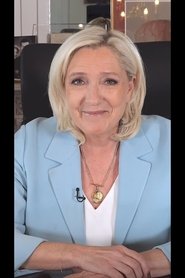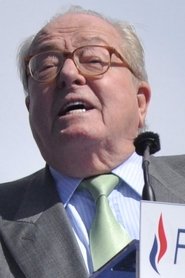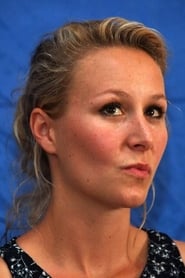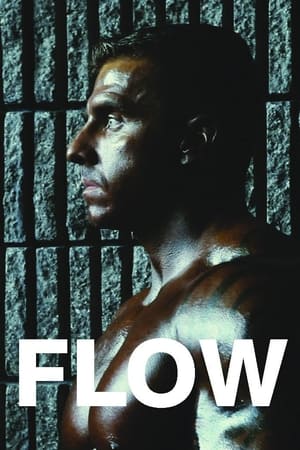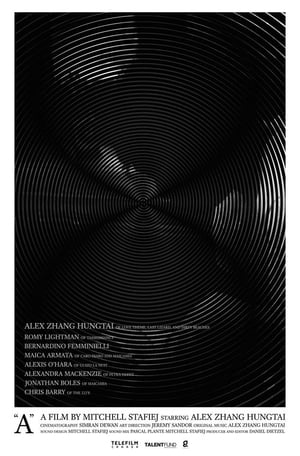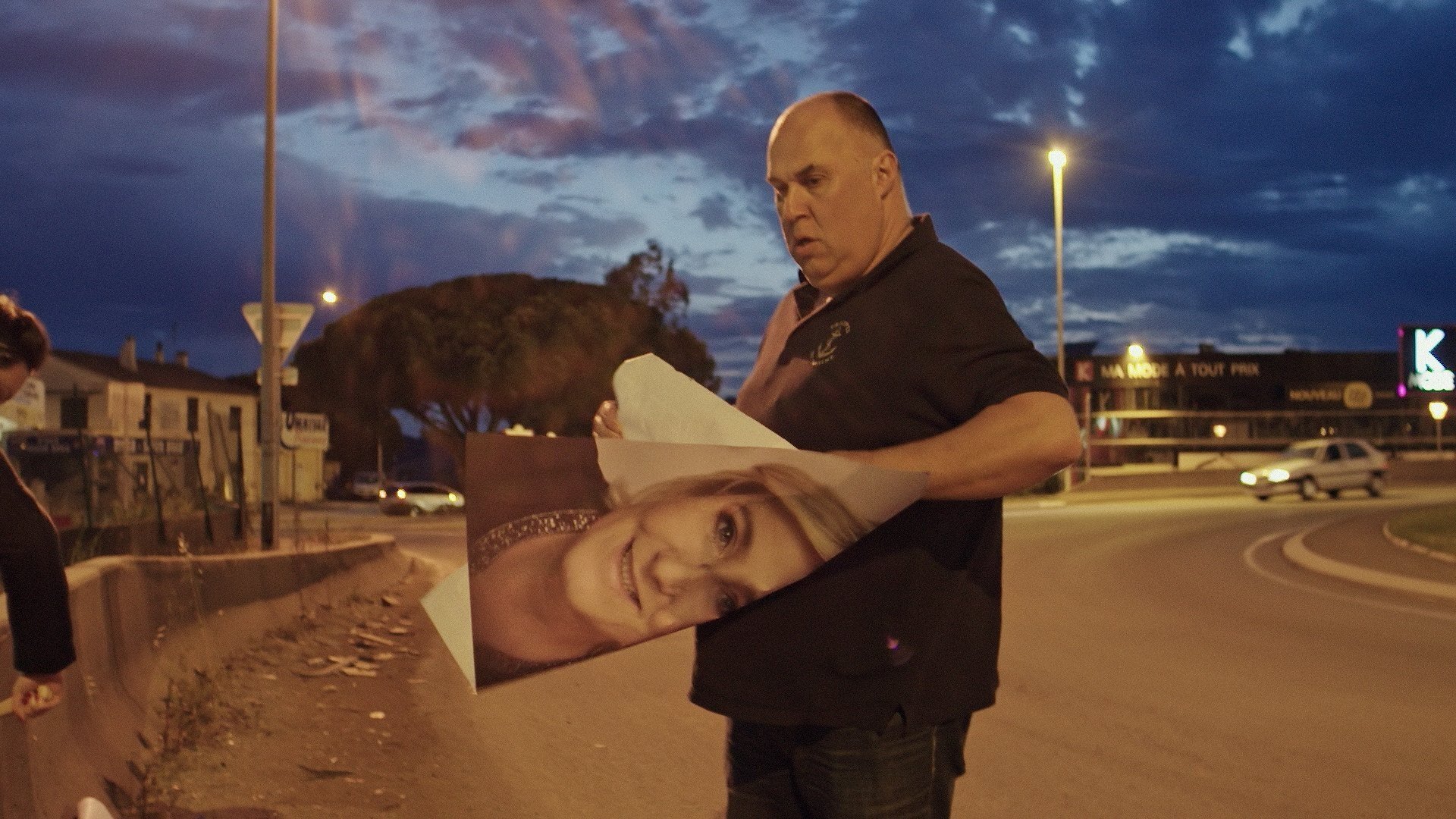
Dancing with Le Pen
Top 5 Billed Cast
Self
Self
Similar Movies
 7.0
7.0Land Without Bread(es)
An exploration —manipulated and staged— of life in Las Hurdes, in the province of Cáceres, in Extremadura, Spain, as it was in 1932. Insalubrity, misery and lack of opportunities provoke the emigration of young people and the solitude of those who remain in the desolation of one of the poorest and least developed Spanish regions at that time.
 6.7
6.7Workers Leaving the Lumière Factory(fr)
Working men and women leave through the main gate of the Lumière factory in Lyon, France. Filmed on 22 March 1895, it is often referred to as the first real motion picture ever made, although Louis Le Prince's 1888 Roundhay Garden Scene pre-dated it by seven years. Three separate versions of this film exist, which differ from one another in numerous ways. The first version features a carriage drawn by one horse, while in the second version the carriage is drawn by two horses, and there is no carriage at all in the third version. The clothing style is also different between the three versions, demonstrating the different seasons in which each was filmed. This film was made in the 35 mm format with an aspect ratio of 1.33:1, and at a speed of 16 frames per second. At that rate, the 17 meters of film length provided a duration of 46 seconds, holding a total of 800 frames.
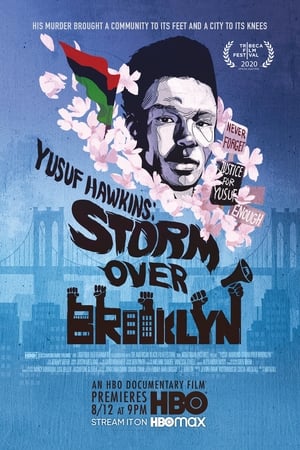 6.4
6.4Yusuf Hawkins: Storm Over Brooklyn(en)
The 30-year legacy of the murder of black teenager Yusuf Hawkins by a group of young white men in Bensonhurst, Brooklyn, as his family and friends reflect on the tragedy and the subsequent fight for justice that inspired and divided New York City.
 7.3
7.3Daybreak Express(en)
Set to a classic Duke Ellington recording "Daybreak Express", this is a five-minute short of the soon-to-be-demolished Third Avenue elevated subway station in New York City.
The Sacred Art of Tibet(en)
An accurate depiction of the basic tenets of northern Mahayana Buddhism, cast into living or "experiential" form, consistent with powerful mantras heard on the soundtrack of the film. Tarthang Tulku, a Tibetan Lama, was the advisor.
 4.9
4.9Visions of Europe(en)
Twenty-five films from twenty-five European countries by twenty-five European directors.
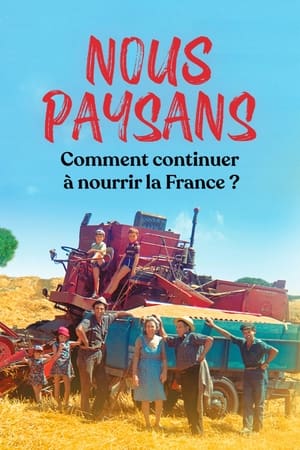 7.8
7.8Nous paysans(fr)
In barely a century, French peasants have seen their world profoundly turned upside down. While they once made up the vast majority of the country, today they are only a tiny minority and are faced with an immense challenge: to continue to feed France. From the figure of the simple tenant farmer described by Emile Guillaumin at the beginning of the 20th century to the heavy toll paid by peasants during the Great War, from the beginnings of mechanization in the inter-war period to the ambivalent figure of the peasant under the Occupation, From the unbridled race to industrialization in post-war France to the realization that it is now necessary to rethink the agricultural model and invent the agriculture of tomorrow, the film looks back at the long march of French peasants.
 7.3
7.3Paris, the Mystery of the Disappeared Palace(fr)
In the heart of Paris, an entire palace has disappeared. It was the very first residence of the kings of France. Long before Versailles, long before the Louvre, the Palais de la Cité stood on the most prestigious island in Paris, the historic cradle of France, facing Notre-Dame. So majestic in the Middle Ages, this palace has become a ghost of history. Over the centuries, this architectural masterpiece has almost completely disappeared. A trio of experts will resurrect it in 3D. Using science and unprecedented excavations, they will track down the pieces of the puzzle to reconstruct it at its peak in the 14th century, and bring back to life those who inhabited it. From the Romans to the Vikings, from Saint Louis to the cursed kings, all have left clues of this 'Versailles of the Middle Ages'.
 0.0
0.0A Day in the Life of French Cinema(fr)
Documentary showing one day of work of over 90 actors and filmmakers from French cinema on the same day. On 27 March 2002, 27 teams filmed actors, directors, producers and technicians at work, from Hawaii to Paris and from New York to Lisbon.
Homo Cinematographicus(fr)
Homo Cinematographicus is a human species whose unit of measurement and point of reference is the cinema and its derivative, television. Filmed at the 1998 Cannes Film Festival, the film offers an unspecified number of statements, talking about memories and a thousand fragments of stories, titles and film scenes, the warp of a gigantic collective Chanson de geste.
 8.2
8.2Night and Fog(fr)
Filmmaker Alain Resnais documents the atrocities behind the walls of Hitler's concentration camps.
 7.1
7.1The Arrival of a Train at La Ciotat(fr)
A group of people are standing along the platform of a railway station in La Ciotat, waiting for a train. One is seen coming, at some distance, and eventually stops at the platform. Doors of the railway-cars open and attendants help passengers off and on. Popular legend has it that, when this film was shown, the first-night audience fled the café in terror, fearing being run over by the "approaching" train. This legend has since been identified as promotional embellishment, though there is evidence to suggest that people were astounded at the capabilities of the Lumières' cinématographe.
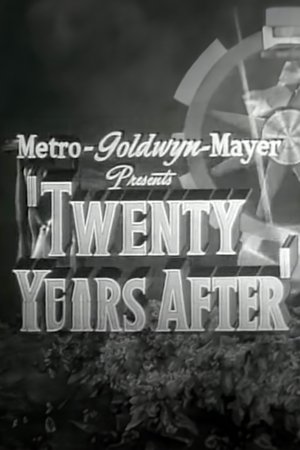 6.0
6.0Twenty Years After(en)
This short celebrates the 20th anniversary of MGM. Segments are shown from several early hits, then from a number of 1944 releases.
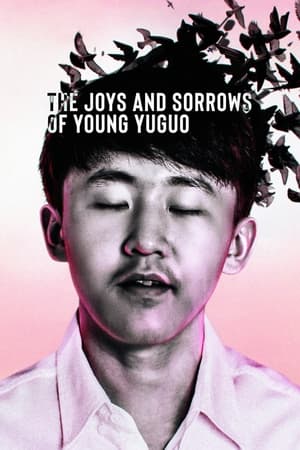 6.6
6.6The Joys and Sorrows of Young Yuguo(en)
16-year-old Yuguo, who has a passion for Eastern European romantic poetry, makes a pilgrimage from his home in China to the foothills of Romania’s Carpathian Mountains.
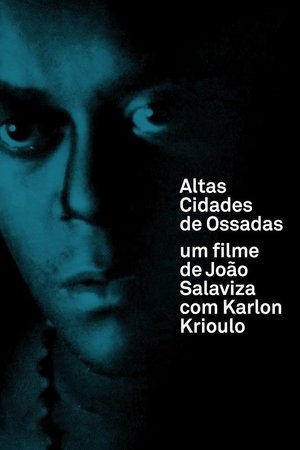 6.3
6.3High Cities of Bone(pt)
Karlon, born in Pedreira dos Húngaros (a slum in the outskirts of Lisbon) and a pioneer of Cape Verdean creole rap, runs away from the housing project to which he had been relocated.
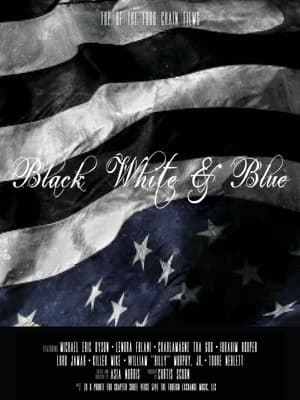 0.0
0.0Black, White & Blue(en)
Black White & Blue covers race issues in America, police brutality, the Black Lives Matter movement, the Flint Water Crisis, and the 2016 election of President Donald Trump. The film features one-on-one interviews with notable African-Americans: Michigan Senator Coleman Young II, Baltimore attorney William "Billy" Murphy Jr., rapper Killer Mike, former NYPD Officer Michael Dowd and others.
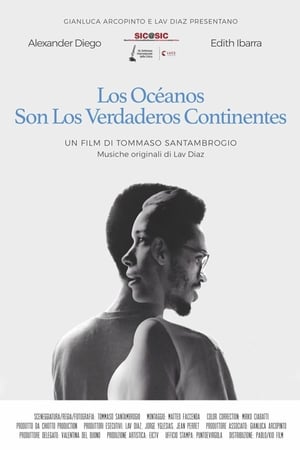 7.2
7.2The Oceans Are the Real Continents(es)
Having Cuba as a background, decadent and in crisis, in a black-and-white lacerated by the Caraibic swinging rain, Alex and Edith, a couple in their 30s, live their love story made of small daily gestures, stories from the past, nostalgia, and a deep intimacy.
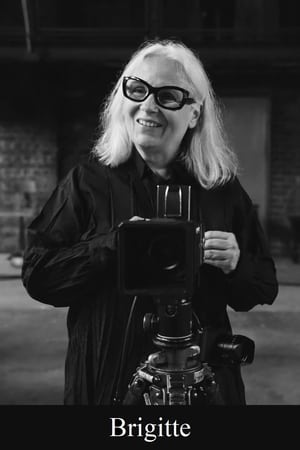 8.0
8.0Brigitte(en)
An insight into the creative process of photographer Brigitte Lacombe, exploring her obsession with taking pictures and how her lens defines her relationship with her subjects and the world.
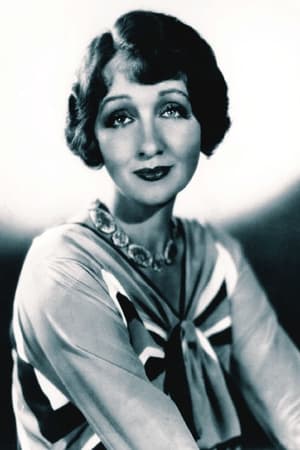 6.0
6.0Hedda Hopper's Hollywood No. 2(en)
Hedda Hopper plays hostess at a party for her (grown) son William (DeWolfe Jr.). Hopper, attends the dedication of the Motion Picture Relief Fund's country home and goes to the Mocambo. There is also a sequence dedicated to the Milwaukee, Wisconsin world premiere of the first short in this series attended by more that a few film stars.
Recommendations Movies
 7.4
7.4Amaran(ta)
A heroic true story of Major Mukund Varadarajan, an Indian Army officer who displayed extraordinary bravery during a counterterrorism mission in Kashmir’s Shopian district. The film captures his courage in protecting his nation and the devotion of his wife Indhu Rebecaa Varghese.
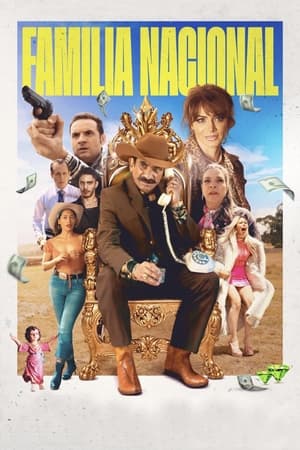 6.7
6.7National Family(es)
Don Poli, the patriarch of a family embedded in politics, faces the change of party in his state - after a hundred years in power - losing all his privileges. Humiliated and angry, he threatens to disinherit his family and leave to rebuild his life. This forces his children (Kippy, Ramses and Belén) to take extreme measures to ensure their future, causing everything that could go wrong to turn out worse.
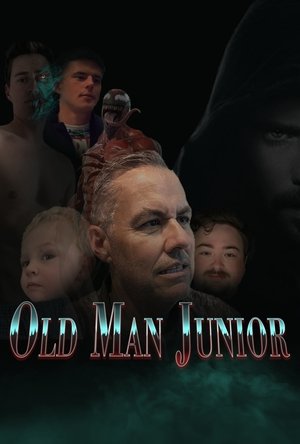 6.9
6.9Old Man Junior(en)
Morbius Jr, now an OId Man, is nearing the end of life, when he finds the last hope for all Morbkind. However, as he fights to protect the future of Morbheads, he finds himself facing off against an unlikely of enemy... HIMSELF.
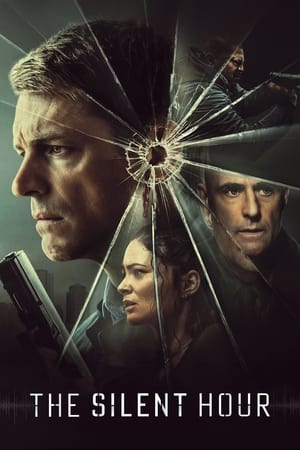 6.5
6.5The Silent Hour(en)
While working a case as an interpreter, a hearing-impaired police detective must confront a group of criminals trying to eliminate a deaf murder witness in her apartment building.
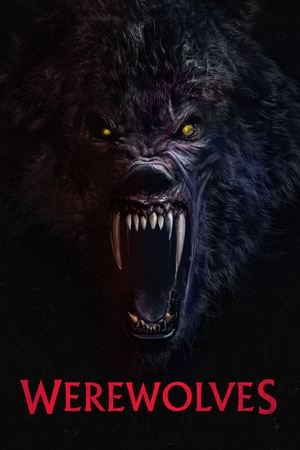 6.1
6.1Werewolves(en)
A year after a supermoon’s light activated a dormant gene, transforming humans into bloodthirsty werewolves and causing nearly a billion deaths, the nightmare resurfaces as the supermoon rises again. Two scientists attempt to stop the mutation but fail and must now struggle to reach one of their family homes.
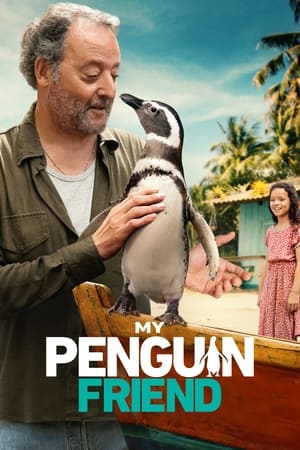 7.5
7.5My Penguin Friend(en)
A lost penguin rescued from an oil spill transforms the life of a heartbroken fisherman. They become unlikely friends, so bonded that even the vast ocean cannot divide them.
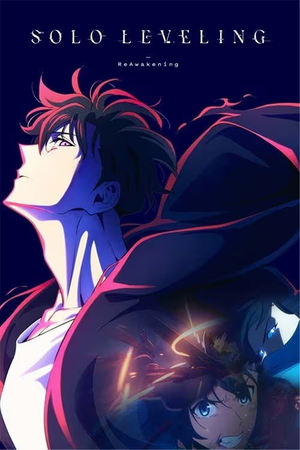 7.0
7.0Solo Leveling -ReAwakening-(ja)
Over a decade after 'gates' connecting worlds appeared, awakening 'hunters' with superpowers, weakest hunter Sung Jinwoo encounters a double dungeon and accepts a mysterious quest, becoming the only one able to level up, changing his fate. A catch-up recap of the first season coupled with an exclusive sneak peek of the first two episodes of the highly anticipated second season in one momentous theatrical fan experience.
 7.5
7.5Kingdom III: The Flame of Destiny(ja)
To defend their kingdom against a sudden invasion, a mighty general returns to the battlefield alongside a war orphan, now grown up, who dreams of glory.
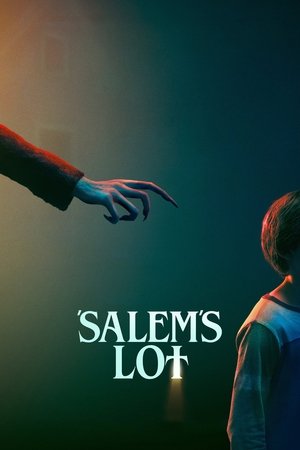 6.1
6.1Salem's Lot(en)
Author Ben Mears returns to his childhood home of Jerusalem's Lot only to discover his hometown is being preyed upon by a bloodthirsty vampire.
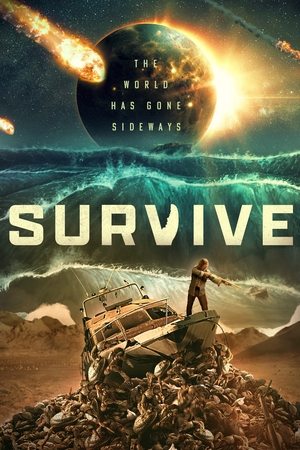 5.9
5.9Survive(fr)
A couple celebrates their son’s birthday in the middle of the ocean on their boat. A violent storm hits and it brings up hungry creatures from the depths and they fight for their survival.
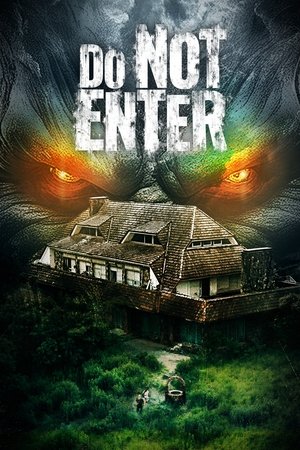 6.9
6.9Do Not Enter(es)
Two working class youtubers ‘in the making’ enter an abandoned mansion to get their basketball back, and get lost inside while pranking each other. They record their ‘quick adventure’ with their phones for their audience, and tweak it with a fake phantom appearance to attract more followers to their YouTube channel. When uploaded the video goes viral, so they start a challenge: if the video reaches a certain number of views, they will enter the house again, at night, alone, totally unprotected. As fans react positively, they will do as promised, not only to discover and unveil the true nature of the place and their inhabitants, but to realize they might not be among the living anymore. Which opens a question - how far would you go to be famous?
 6.9
6.9Panda Plan(zh)
International action star Jackie Chan is invited to the adoption ceremony of a rare baby panda, but after an international crime syndicate attempts to kidnap the bear, Jackie has to save the bear using his stunt work skills.
 6.6
6.6The Revenge of Frankenstein(en)
Rescued from the guillotine by his devoted dwarf Fritz, the Baron relocates to Carlsbruck, where he continues his gruesome experiments.
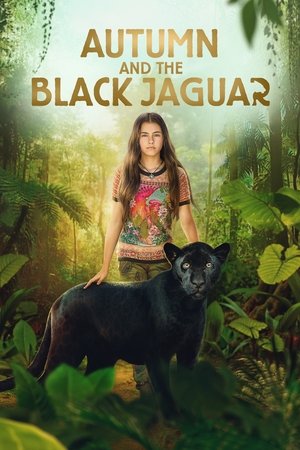 6.7
6.7Autumn and the Black Jaguar(fr)
Growing up in the Amazon rainforest gave Autumn the rarest of friendships – a lost jaguar cub she named Hope. When a tragic event forces her to leave Hope for New York City, she dreams of going back to the rainforest and her friend. That opportunity soon comes when Autumn decides to return to the Amazon to save her beloved jaguar from animal traffickers who threaten her childhood village.
 7.0
7.0Concrete Utopia(ko)
The world has been reduced to rubble by a massive earthquake. While no one knows for sure how far the ruins stretch, or what the cause of the earthquake may be, in the heart of Seoul there is only one apartment building left standing. It is called Hwang Gung Apartments. As time passes, outsiders start coming in to Hwang Gung Apartments trying to escape the extreme cold. Before long, the apartment residents are unable to cope with the increasing numbers. Feeling a threat to their very survival, the residents enact a special measure.
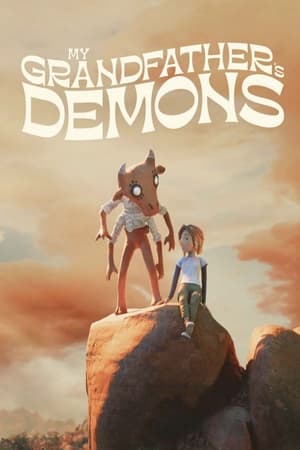 5.9
5.9My Grandfather's Demons(pt)
Rosa's life, a highly valued professional, is turned upside down when her grandfather Marcelino dies.
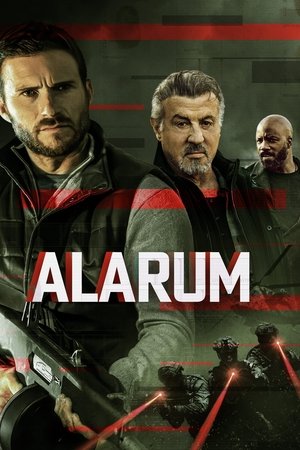 5.8
5.8Alarum(en)
Two married spies caught in the crosshairs of an international intelligence network will stop at nothing to obtain a critical asset. Joe and Lara are agents living off the grid whose quiet retreat at a winter resort is blown to shreds when members of the old guard suspect the two may have joined an elite team of rogue spies, known as Alarum.
